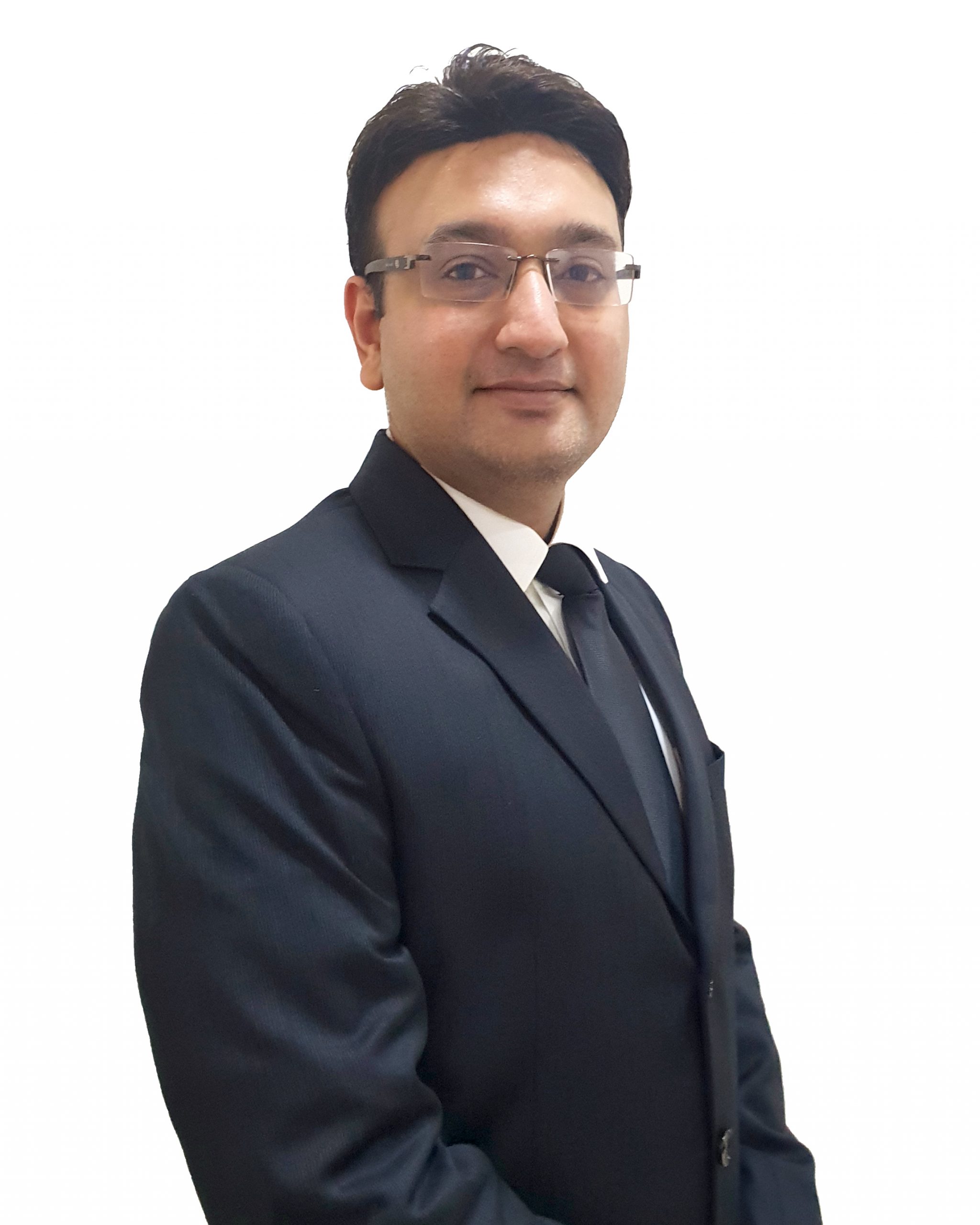Now Reading: Technological Revolution in Indian Judiciary in ‘Post COVID-19 Era’
-
01
Technological Revolution in Indian Judiciary in ‘Post COVID-19 Era’

Technological Revolution in Indian Judiciary in ‘Post COVID-19 Era’
“When you are no longer able to change the situation, you are challenged to change yourself and that changes everything.”
– Viktor E. Frankl
Introduction
The Indian legal system needs to move towards the information society. The present populace in changed India places a great demand on the judicial system because of the increased number of cases filed every day in the courts. No doubt it feels proud that people are redressing their problems by coming to the courts but this necessitates the need to dispose of the cases faster. The Indian judiciary is pressured by many external and internal factors to keep pace with growing technology around the world. Both litigants and the public have frequently criticized the judiciary’s inability to administer justice quickly. In response to this challenge, the Courts and the lawyers themselves have attempted to bringing technology into the courtroom in various ways e.g. using computer-generated evidence. However, this has not kept up with the increasing number and complexity of cases filed in all jurisdictions.
Development of Technologies: Indian Courts.
How new technologies are and will be employed by the Indian Courts in delivering a modern-day justice system is more and more discussed in present scenario? No doubt that Indian Courts had started activities in developing technologies for the Courtrooms, but these were still at a very primitive stage. At the same time, citizen’s expectations of the justice system were increasing rapidly and steps to reform the Indian judicial system are still very slow. Right to a speedy trial is contained in Article 21 of the Indian Constitution. It mandates a speedier and timely disposal of a case. India was facing a mammoth backlog of cases that could be reduced drastically by use of technologies. It is in response to this fact that the E-Court project had been brought into action. Phase-II (2014-2019) of the E-Court project had already thought of implementing video conferencing for courts. But this never happened.
When the current Pandemic (Covid-19) forced the hands of the Hon’ble courts and Tribunals to suspend all hearings and court proceedings, we realized that functioning of the Courts and Tribunals is part of the essentials services of the society and cannot be quarantined. This implementation of virtual hearings “before Corona Virus” outbreak would have certainly aided the Indian Judiciary to keep the Courts and Tribunals functioning to a large extent. However, let us not forget the basic human behavior: when you are no longer able to change the situation, you are challenged to change yourself and that changes everything. This change of situation (the current pandemic) has taken the Indian Judiciary to take technology to the next level and the current mantra of April 2020 is “urgent-only” cases and “online-only” hearings for the cases through video conferencing and has accepted electronic filing. The Hon’ble Supreme Court on 23rd March,2020 began video conference hearings for the cases. And In fact, the 116 benches of Supreme Court heard 835 cases during lockdown i.e. within first 22 days. This has been a commendable step taken by Indian Judiciary in such a short time considering the fact that it was the same day when it was decided to start virtual hearings through video conference.
Technology & Virtual Courts: Possible Challenges
However, it must be noted that every technological revolution brings along with itself some pros and cons. Thus, it is necessary for us to be aware of negative impacts of technology upon the legal world. The following are few challenges with technological revolution in Indian Judiciary:
- The Bar Council of India in a letter to CJI stated that “90% of advocates and Hon’ble Judges are unaware of technologies”. It is further true that only a handful of the advocates and Hon’ble Judges have some experience in participating in full-blown virtual courts. The question that is required to be answered is how computer literate are our advocates and Courts? Even today, there are only few courtrooms in Hon’ble Supreme Court and few courtrooms in each High Court which are presently used for virtual Courts. In fact, certain District Courts, even prior to lockdown had the facilities and infrastructure ready for e-filing but neither the advocates nor the District Judges wanted to use it in such District Courts.
- What has remained to be addressed is right legislation, procedures, rules and practical guides for these technologies to be implemented. It is not merely the Information Technology Act which suffices to deal with implementing technology in Indian Judiciary. It will require re-writing the entire Civil Court Manual and the Criminal Court Manual which today contains provisions of pre-independence. The difficulty in doing this is evident from the fact that the E-Court committee tried doing this for more than 4 years but are still not being able to re-write the Civil Court and Criminal Court manuals. Moreover, The Indian Judiciary will require detailed notifications, protocols, practice notes, etc. which will vary from Court to Court and State to State.
- How do we reconcile the legal principle of “right to be heard in open Court” with the virtual hearings in cases? Isn’t a litigant entitle to have his case heard before the open Court?
- Let along the litigant, even as lawyers, how many of the junior advocates have got tremendous advantage by hearing senior advocates argue the case in open Court. Could that benefit be attained by virtual courts? Won’t the junior lawyers today be deprived on the legal knowledge and experience by implementing virtual Courts?
- What happens when the technology that we are seeking to implement itself holds our own hands? Today the bandwidth is available which is required today to run two-three court rooms with few lawyers/litigants online for each case. However, now let us consider if virtual courts become a regular affair of Indian Judiciary. Could the High Courts have bandwidth to simultaneously run video-conferencing for 40-50 Court Rooms and allow 1000s of lawyers to log-in remotely? These problems would get worse as we go towards the Sessions Court, District Courts, Magistrate Court and tribunals.
- What about litigants/lawyers who log-in from villages, towns, or smaller districts? these areas, might face a bigger problem than the bandwidth connection like infrastructure and technology. How would they be able to meet the technological requirements and challenges for virtual Courts? Are we looking at operating on different system for Cities and different for districts, towns, villages?
- Some may argue that making Judiciary more and more reliant on technology is an elitist approach which may allow only the elite law firms and Lawyers to fund the requirement of advanced technologies. Would it be safe to assume that all law firms and lawyers will be able to afford the upgrade in technology and bear the costs to constantly maintain & continue upgrading the same?
- Some in the United Kingdom, have also opinioned that virtual Courts have been more tiring for the Judges especially it requires more effort and concentration on aspects other than the hearing of arguments of the advocates. It is arguable that virtual Court may potentially reduce the efficiency in some case and prevent quick disposal of cases by the Judges. A visit to the Hon’ble Supreme Court on a Monday or Friday morning at 10:30 would clearly demonstrate the Hon’ble Judges’ speed and high efficiency is dealing with the cases. Would the Hon’ble Supreme Court be able to achieve the same speed and efficiency in virtual Courts?
- Even if technology is allowed to be imbedded into the Court system, is it possible to achieve uniformity in technology? Even under the E-Court project, different High Courts developed their own respective software to suit their own needs, practice, procedure and custom. These software were not even fully implemented by the District Courts which has the maximum number of litigations.
- Traditionally, today every lawyer is accustomed of appearing before Judge to persuade the Court of his/her case on behalf of the client. If these hearings are virtual, it is also believed that this would mean a loss of opportunity to persuade the judge of one’s point of view. This is fundamental to the Justice system in India.
- There are still concerns among the people that E-Courts in India are not yet equipped to handle technical faults and dangers from cyber criminals. There is a fear that even the court systems will soon become the unwitting accomplices of Identity thieves.
Critical stages during a case, for instance cross-examination, will not be as effective when done by virtual means. There is a lot of preparedness till last minute, interactions, brain-storming, relaying of crucial information amongst the party’s lawyer, counsel, witness and so forth. For such trials taking place through video-conferencing, where will the lawyers be on the screen end? How will interactions with witness take place? Whether lawyers, clients and witness will all be at one place or different places? How will the prompting of information (like it happens in physical hearings) take place while the hearing is in progress or how do you prevent prompting to the witness during cross-examination? Similar problems will be faced for ad-interim hearings or cases requiring urgent reliefs. There will be further problems when faced with parts of criminal proceedings. There are several such concerns.
Summing-up
There are a lot of questions that are yet to be answered before any ‘switch’ to digital means is made, but we must first distinguish between the need for technology and need for virtual courts. Though both appear to be same, when you critically examine the aforesaid difficulties, you realize that the challenges are limited for imbedding technology in Judiciary (still a herculean task) but on the other hand it is near impossible to eliminate the challenges faced in implementing Virtual Courts as a permanent routine of Indian Judiciary. Even if Virtual Courts are implemented, the correct way forward probably would be that Virtual Courts be used as an aid to the Courts but not actual substitute to actual Court proceedings and hearings. If this approach is correct the next question would be to what extent should virtual Courts be implemented? This question remains up for debate. For instance, the following proceedings may, in some opinion, still be conducted through Virtual Courts:
- The filing and hearing before Prothonotary and Senior Master of High Courts
- Case Management hearings
- Adjournment applications
- Precipe for grant of circulations
- Hearings of petty offences like traffic offences
- Departmental hearings.
Therefore, there must be a distinction for demand for technology and demand for Virtual Courts, especially since the argument is made to speed the judicial process and lower the number of pending cases. If the goal is to reduce the time in court and to lower the number of pending cases, then this goal cannot be achieved by virtual courts. It is important that if and when the demand for infusing technology is made, then it must first be made to use technology to address problems which will increase the speed and efficiency in proceedings, for instance, technology for: cause list management, registry management, case management, application for certified copies and its delivery to the applicant, management of pre-estimate time for hearing by parties, postponement of hearings by consent of parties, transcription of court proceedings, electronic file & caselaw management before the Judges during hearings in Courtroom.
Thus, as a first step, we need to start infusing technology on more important areas of the Court Practice rather than focusing our time, energy and resources on Virtual Courts.
About the Author:

He can be followed on LinkedIn at https://www.linkedin.com/in/ish-jain-343701a/ and Regius Legal LLP can be followed at https://www.linkedin.com/company/regius-legal-llp.










